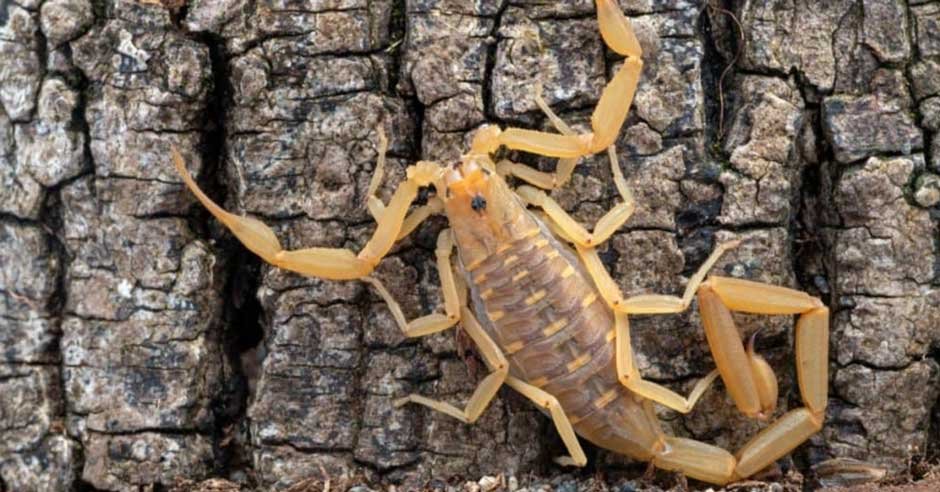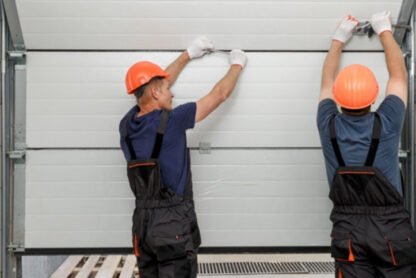Scorpions are resilient creatures that thrive in warm and dry regions. Among them, scorpions are particularly known for their ability to adapt to different surroundings. These small arachnids prefer shaded areas with access to moisture and shelter. Their presence can be concerning, especially when they find ways into indoor spaces. Understanding where they are commonly found helps in taking preventive steps. This article outlines their preferred locations and how they affect the living environment.
Under Rocks, Logs, and Outdoor Debris
One of the most favored hiding places for a bark scorpion is beneath natural coverings such as rocks and fallen logs. These shaded areas provide the protection they need from harsh sunlight and predators.
Yards with scattered stones, woodpiles, or overgrown vegetation create ideal settling conditions for scorpions. The spaces between rocks and debris offer the darkness and moisture they seek. Keeping outdoor areas clear of unnecessary clutter helps reduce the likelihood of these creatures finding shelter close to living spaces. Regularly checking under rocks and logs can also help detect their presence early.
Inside Wall Crevices and Foundation Gaps
Scorpions are skilled at squeezing through tight spaces, making wall openings and foundation cracks suitable hiding spots. They often enter through small gaps in exterior walls or areas where pipes and wires run into buildings.
Once inside, they find narrow spaces behind walls and under flooring appealing for shelter. These conditions provide darkness, insulation, and access to insects, their primary food source. Additionally, air vents can serve as unexpected entry points, allowing scorpions to move between different building areas. Sealing gaps and checking entry points regularly can help prevent unwanted visitors. Addressing these openings blocks access and limits the number of places where they can hide.
Moist, Shaded Areas Like Basements
Damp and cool spaces attract scorpions, especially in dry climates. Basements, crawl spaces, and bathrooms often provide the humidity and darkness they need for survival. Water sources, such as leaky pipes or standing moisture, make these areas even more appealing.
Checking for excess moisture and fixing leaks reduces the chances of scorpions settling indoors. Furthermore, keeping storage areas organized and minimizing clutter helps. Since they are nocturnal, spotting them in dark corners or near water sources during nighttime inspections is more likely.
Around Trees, Bushes, and Outdoor Structures
Scorpions are natural climbers and frequently use trees and bushes for shelter. They hide beneath thick foliage during the day and become active at night. Branches that touch walls or rooftops can serve as pathways into buildings.
Firewood stacks, sheds, and outdoor furniture further provide excellent hiding places. Keeping branches trimmed away from structures reduces the risk of these creatures making their way inside. Storing woodpiles off the ground and maintaining a clear perimeter around buildings discourages them from nesting too close.
Professionals’ Role in Scorpion Management
Effectively dealing with scorpions requires a thorough approach beyond simple DIY methods. While sealing gaps and reducing clutter can help, professionals bring experience and specialized techniques to handle infestations more effectively. They understand the behavior of these creatures and use targeted strategies to address both visible activity and hidden risks.
Trained teams assess entry points, identify hiding spots, and recommend long-term solutions for reducing scorpion presence. Their approach often includes inspections, treatments, and preventive measures tailored to specific locations. Regular evaluations ensure that living spaces remain secure, reducing the chances of future encounters. Thus, seeking assistance when noticeable activity can provide lasting relief and a safer environment.
Knowing where a bark scorpion is likely to hide helps take necessary precautions. Their preferred locations offer shelter and moisture from outdoor debris to indoor cracks. Keeping spaces well-maintained and limiting their access reduces the risk of encounters.









